Electric vehicle (EV) charging has come a long way, but there are still plenty of misconceptions floating around. From worries about charging time to doubts about convenience, these misunderstandings can make EVs seem more complicated than they really are. In this article, we’ll clear up 15 common misconceptions about EV charging and help set the record straight.
Contents
EVs take too long to charge for daily use.

This misconception stems from early EV models that had slower charging times. However, modern EVs offer a range of charging options, including Level 2 chargers that can provide up to 25 miles of range per hour. Most people use their EVs for short commutes, and overnight home charging is sufficient for daily use, providing a full charge by morning without any inconvenience.
There aren’t enough charging stations available.
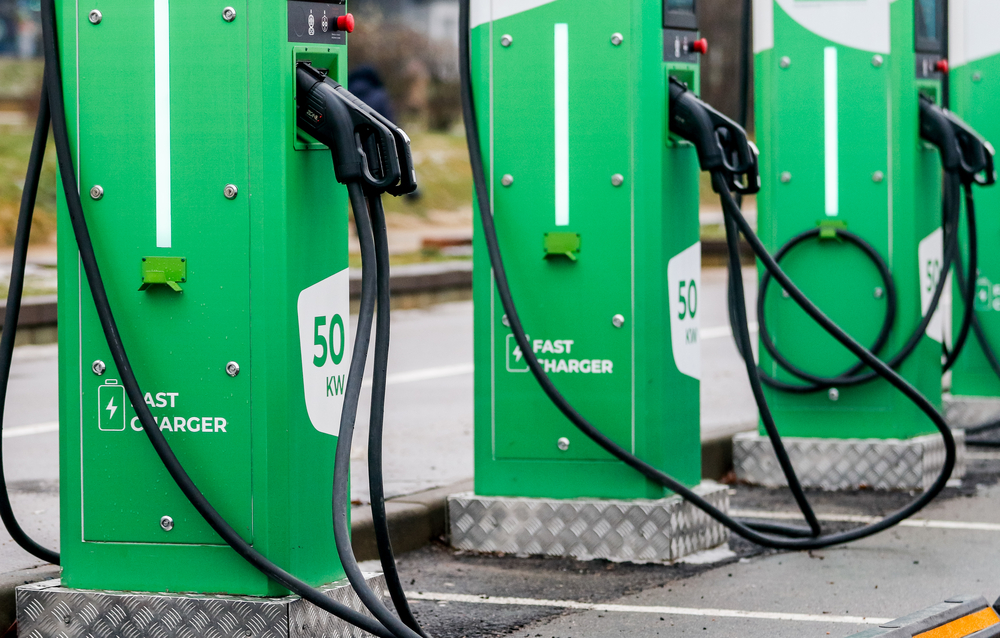
While there was a shortage of EV charging stations in the early days, infrastructure has significantly improved. Today, there are over 100,000 charging stations across the U.S., and apps like PlugShare or ChargePoint make finding nearby stations easy. As governments and private companies invest in EV infrastructure, accessibility continues to expand.
EV charging costs more than filling up with gas.
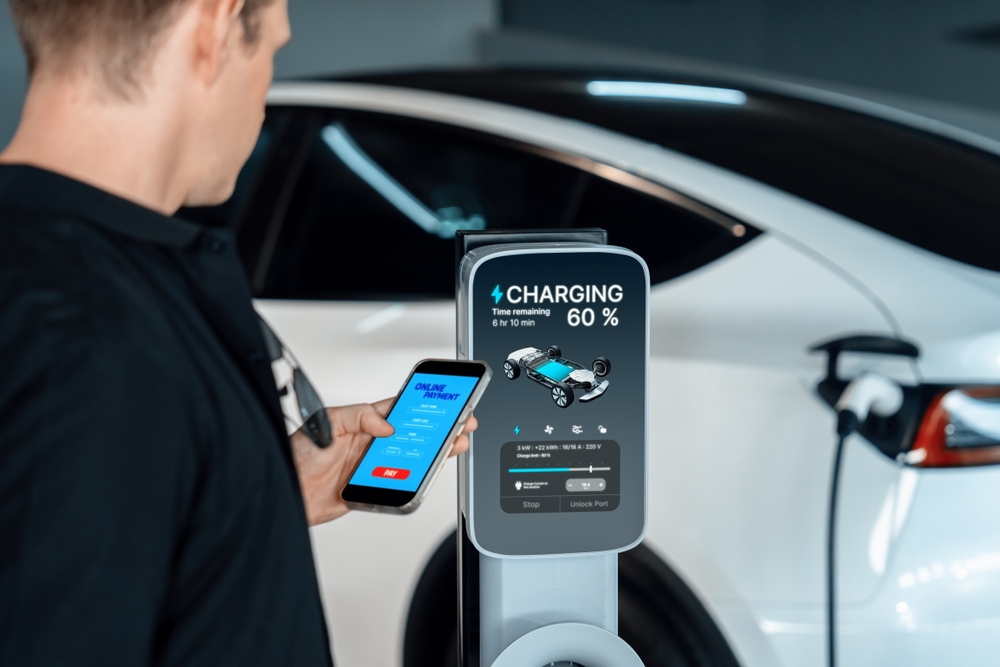
Many believe that the cost of electricity for EVs is more expensive than gas. In reality, EV charging is often significantly cheaper. For example, charging at home during off-peak hours can cost less than half of what you’d pay for gasoline. Public charging stations also offer affordable rates, and some even provide free charging.
You can’t charge an EV in the rain or bad weather.
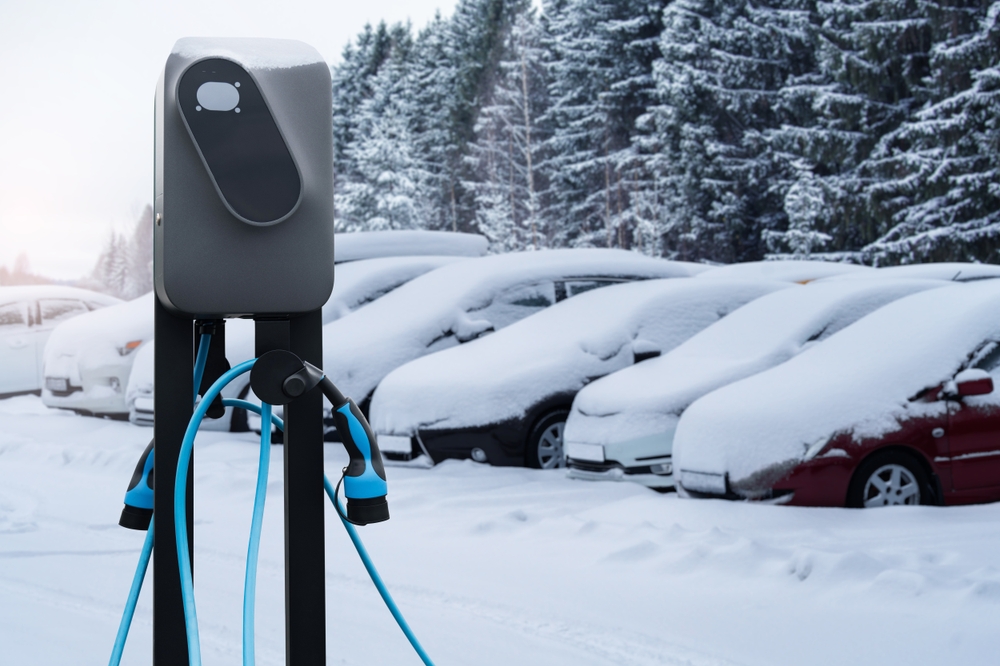
EVs are designed with safety in mind, including weatherproof charging systems. The charging cables and ports are built to withstand rain and adverse weather conditions, so there’s no need to worry about electrocution or equipment failure. EVs undergo rigorous testing to ensure safety in all environments.
Fast charging damages the battery over time.
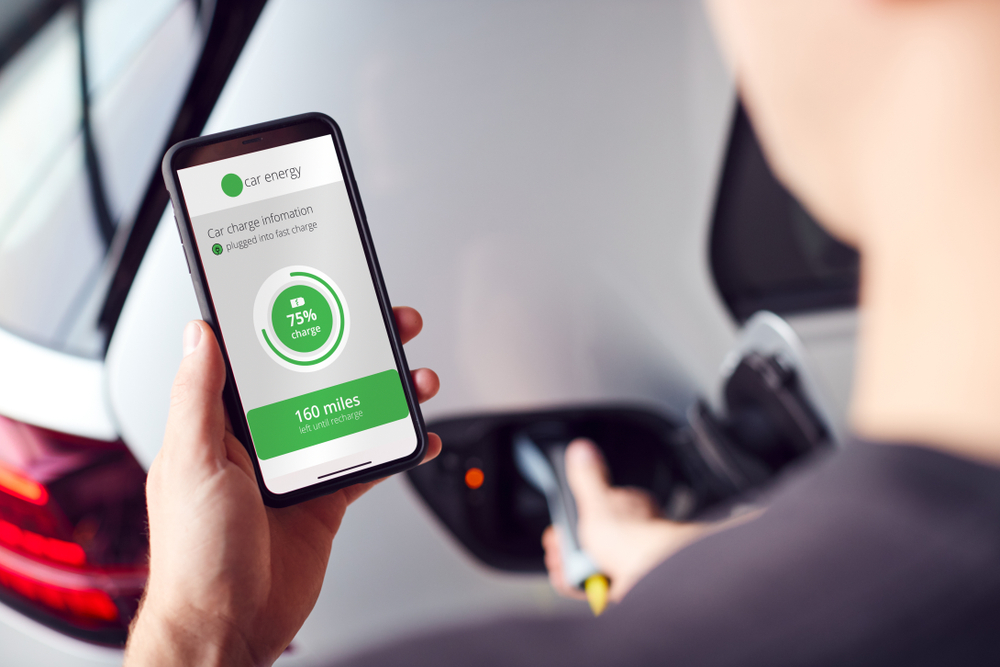
While frequent fast charging may generate heat, modern EVs have sophisticated battery management systems that prevent long-term damage. Fast chargers (DC chargers) are safe and convenient for topping up your battery when traveling. For everyday use, home charging at a slower rate is recommended for battery longevity.
Home charging requires expensive equipment.
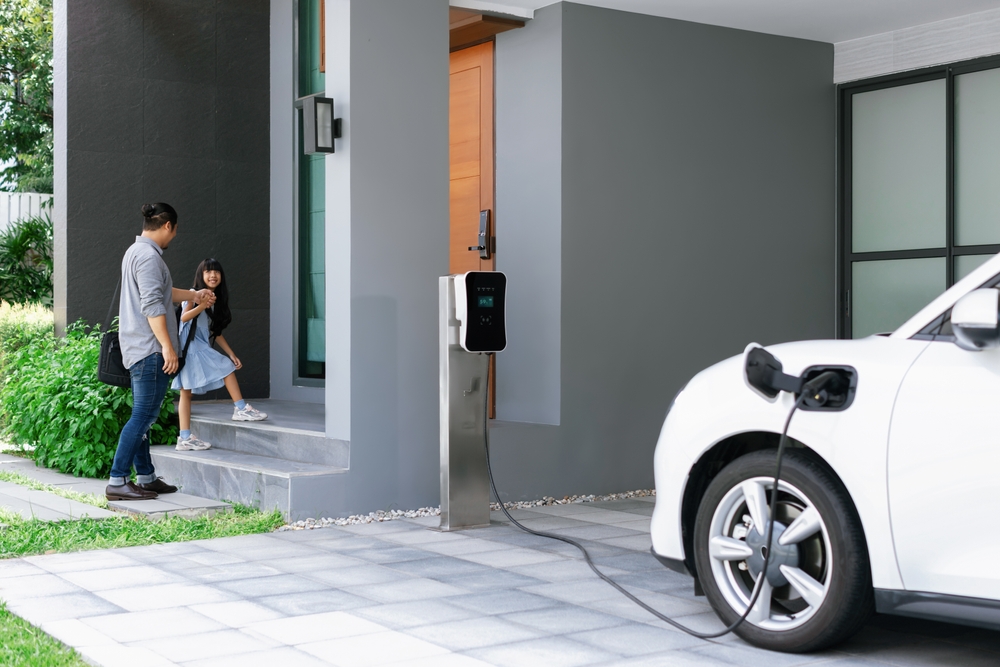
A common myth is that installing a home charging station is costly. In reality, many EVs can be charged using a standard 120-volt outlet, also known as Level 1 charging. For faster charging, Level 2 home chargers are available and often cost between $500 and $700, with government rebates available in some regions.
You can only charge EVs at special charging stations.
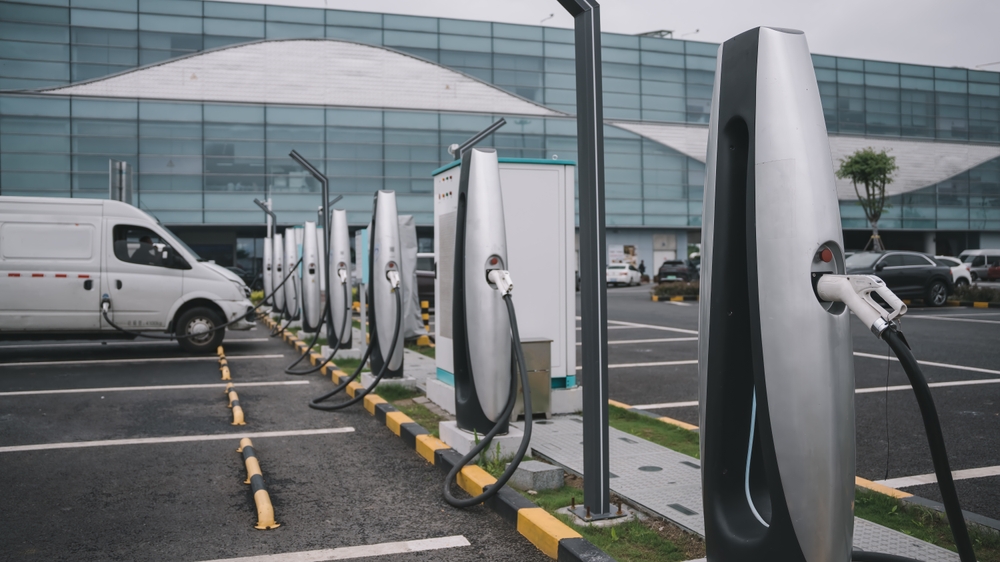
Many people assume EVs require specific charging stations, but most can be charged using standard outlets at home. Public charging stations are also easy to use, with universal chargers supporting multiple vehicle brands. Even Tesla vehicles can charge at non-Tesla stations with an adapter.
All EVs charge at the same speed.
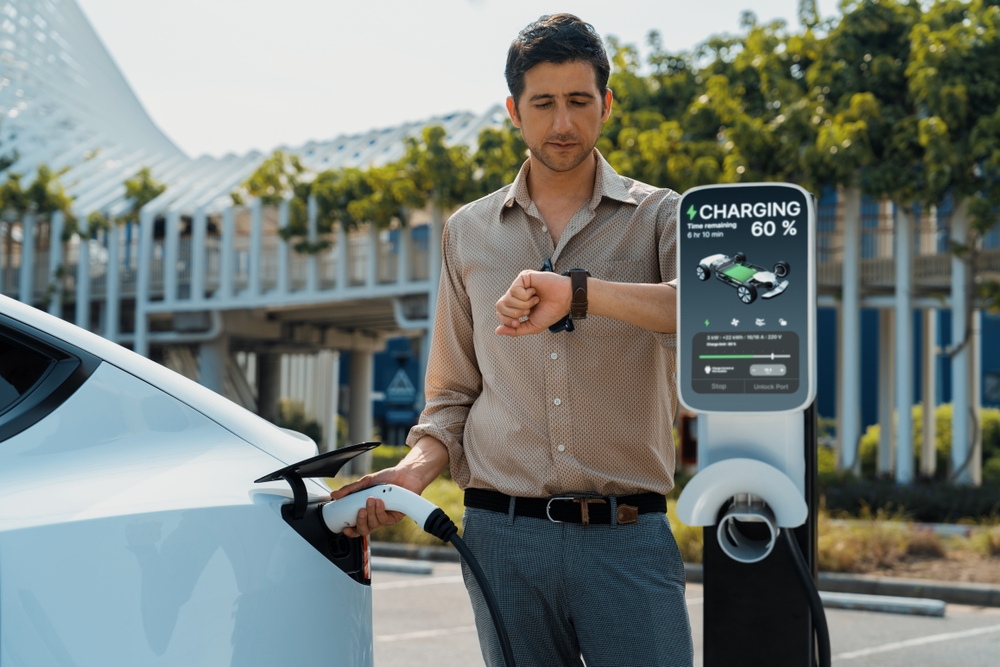
Different EVs charge at different speeds depending on battery size, the type of charger used, and the vehicle’s onboard charging capabilities. For instance, some vehicles may take 30 minutes to charge up to 80% at a fast charger, while others may take longer depending on their specific setup.
Charging an EV overnight isn’t safe.
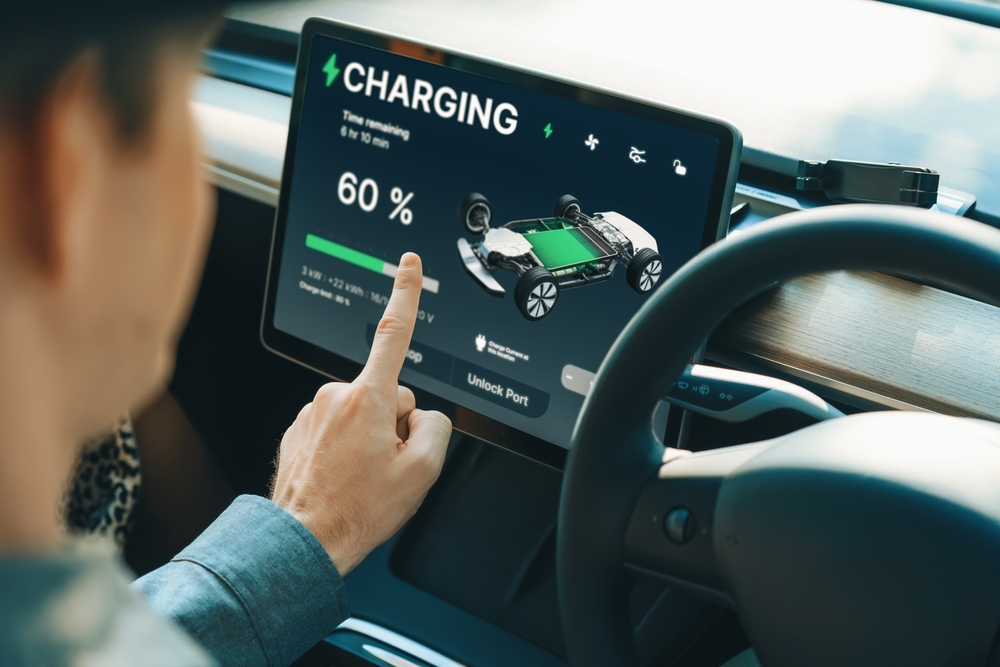
This myth is based on outdated fears about battery safety. Modern EVs have smart charging systems that control voltage and monitor temperature, ensuring safe and efficient charging overnight. Charging overnight is not only safe but also convenient and cost-effective, especially during off-peak electricity hours.
EV batteries need to be fully drained before recharging.
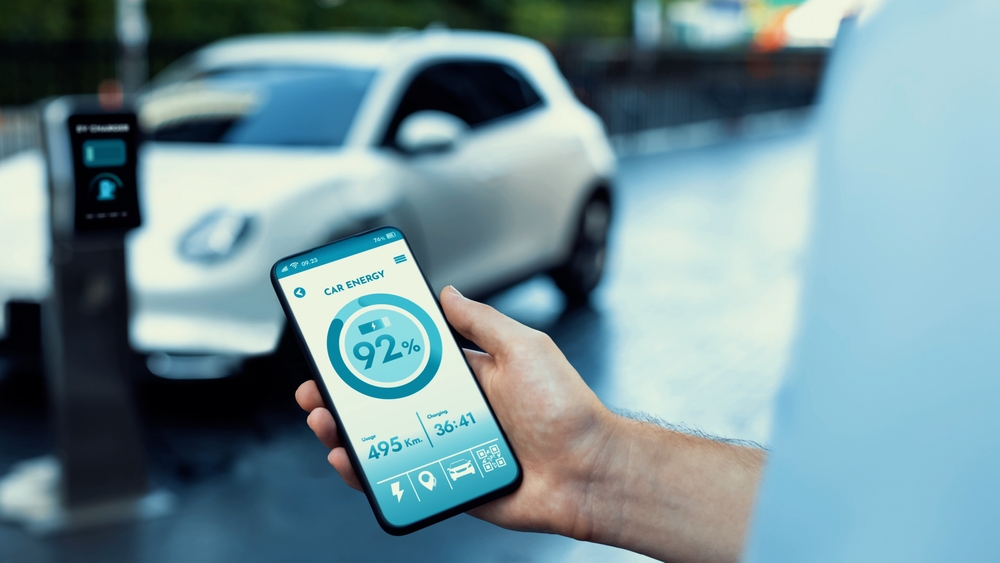
Unlike older battery technologies, modern lithium-ion batteries used in EVs do not suffer from a “memory effect.” There’s no need to fully drain your battery before charging. In fact, partial recharges are better for battery health, as consistently running the battery to empty can stress the battery cells.
Public charging stations are always slower than home chargers.
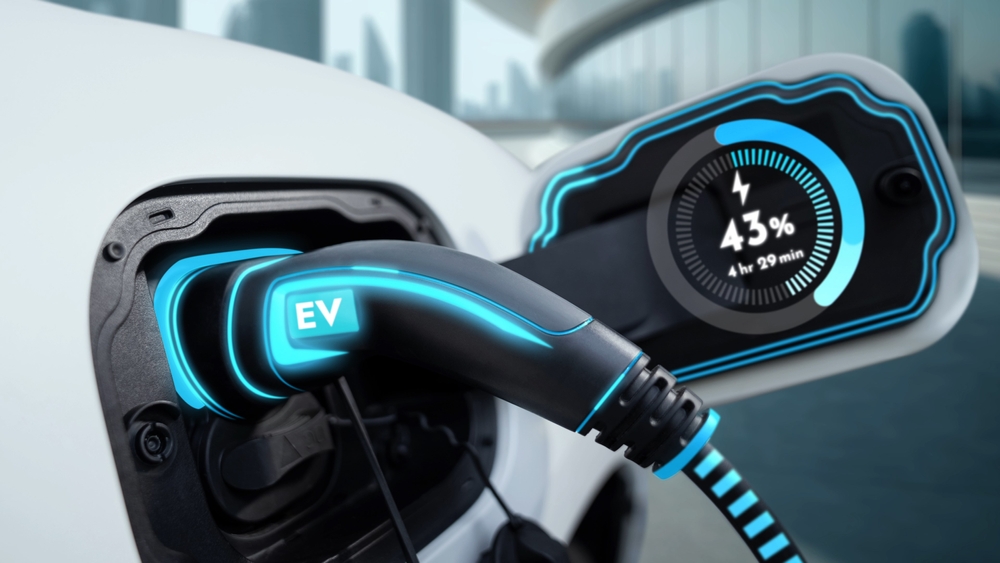
While many public chargers are Level 2, similar to home chargers, DC fast chargers are available at many public locations, offering significantly faster charging. A fast charger can provide an 80% charge in as little as 20-30 minutes, making them ideal for longer trips or quick stops during travel.
You can’t take an EV on long road trips due to charging limits.
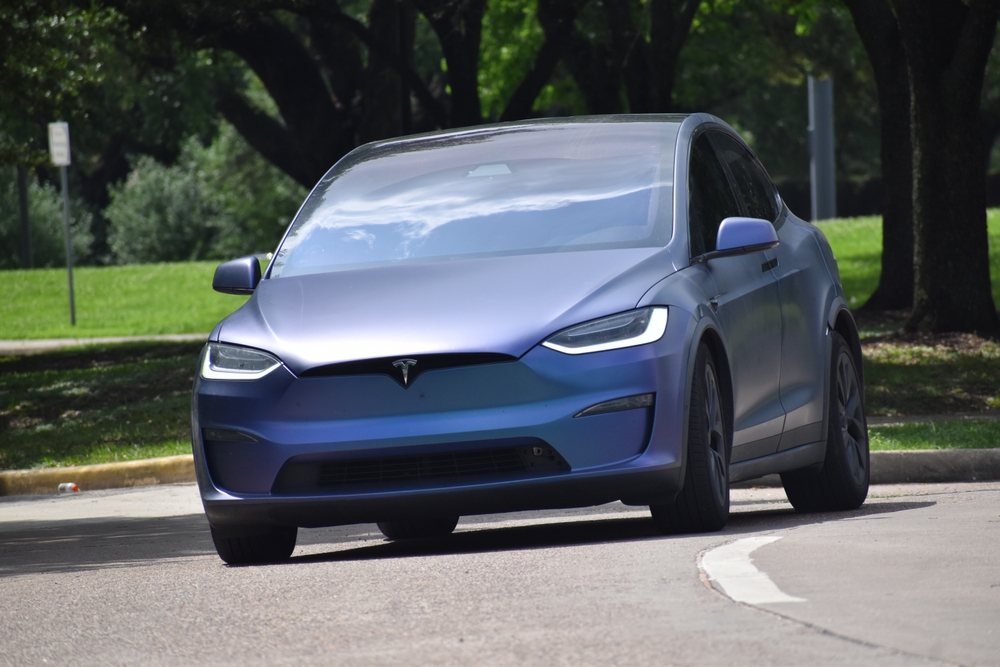
Range anxiety is a common worry, but today’s EVs offer ranges that can exceed 300 miles on a single charge. Additionally, fast charging networks along major highways make it easy to recharge during long road trips. Apps and in-car navigation also help plan routes with charging stops along the way.
Charging an EV uses more electricity than other household appliances.
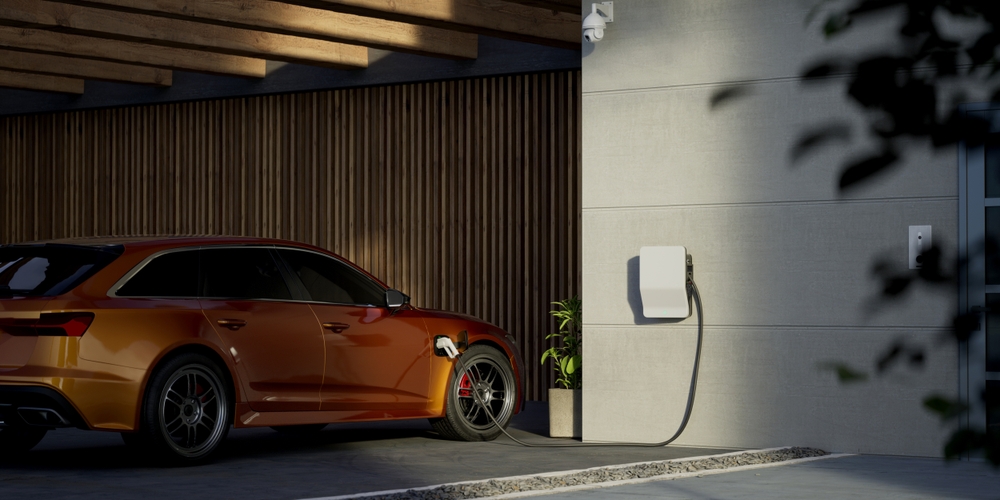
While charging an EV does use a significant amount of electricity, it’s comparable to running large appliances like a central air conditioner. On average, charging an EV at home may add $30 to $60 to your monthly electric bill, which is still cheaper than refueling with gas.
EV charging stations are hard to find outside major cities.
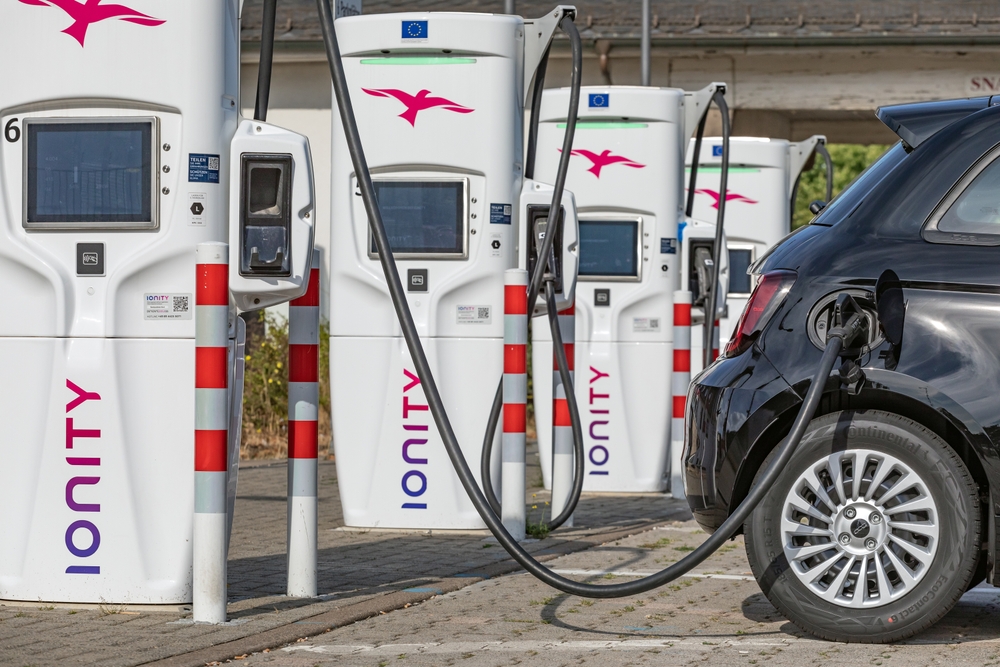
Though charging infrastructure was once limited to urban areas, many rural and suburban regions now have ample access to charging stations. EV charging networks have expanded to include highways, small towns, and remote locations, ensuring that drivers can charge their vehicles across most regions.
Public charging stations are always busy or out of service.
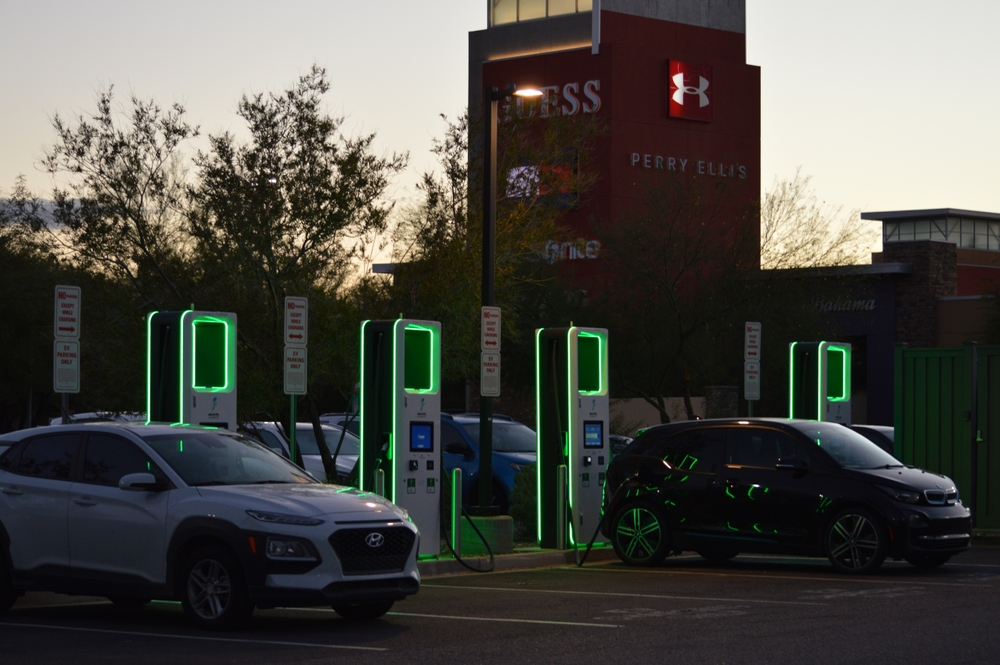
While some popular charging stations may experience occasional demand spikes, most public chargers are available when needed. Real-time availability information is provided through apps, allowing EV drivers to find working stations and avoid delays.
This article originally appeared in MyCarMakesNoise.
More from MyCarMakesNoise
20 Underrated Ford Muscle Cars That Deserve the Spotlight

Ford has produced many iconic muscle cars, but not all have received the love and recognition they deserve. Some models, despite their impressive performance and unique features, remain underappreciated. Read More
21 1980s Cars That True Gearheads Still Celebrate
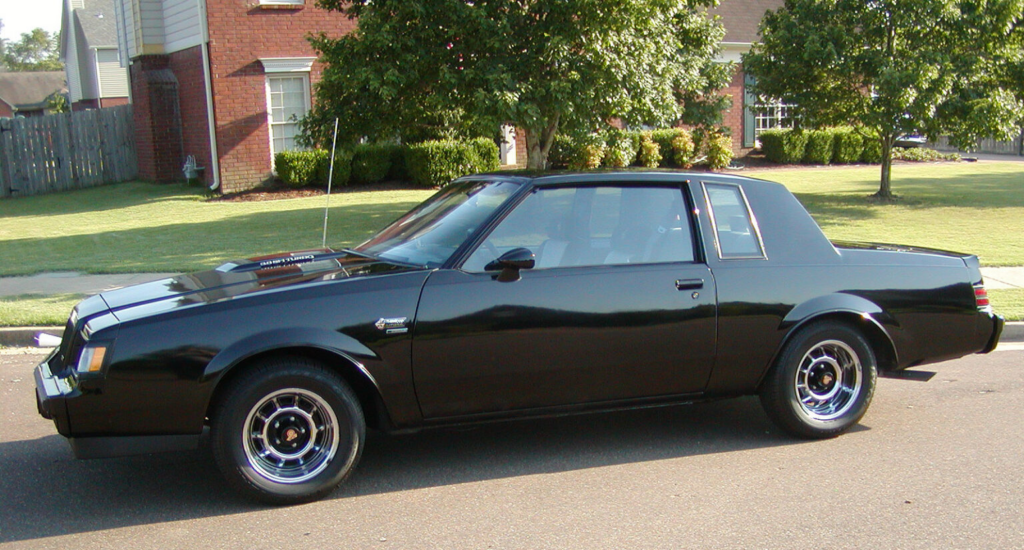
The 1980s produced some distinctive and memorable cars that only true gearheads can appreciate. These vehicles, often overlooked by the general public, stand out for their unique designs, innovative technology, and performance. Read More
Top 12 Mistakes with Classic Car Restoration

Restoring a classic car is a labor of love that requires a careful balance of passion, skill, and patience. For many enthusiasts, bringing an old vehicle back to life is more than just a project; it’s a journey that reconnects them with automotive history and the craftsmanship of a bygone era. Read More














